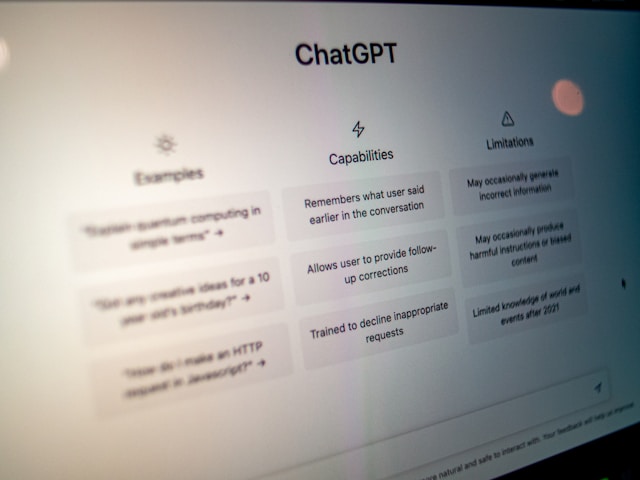In a landmark shift, the Department for Education (DfE) in England has formally approved the use of artificial intelligence (AI) by teachers for low-stakes administrative tasks. This policy move is aimed at alleviating workload pressures and improving work-life balance for educators, amidst a profession grappling with growing stress, burnout, and chronic staff shortages.
AI in the Classroom: Supportive Tool or Temporary Patch?
Under the new guidance, teachers can utilize AI tools for tasks such as:
- Drafting letters to parents
- Marking homework
- Planning lessons
- Creating resources
- Providing student feedback
- Managing basic administrative duties
The DfE has emphasized that the responsibility for verifying the accuracy and appropriateness of AI-generated content remains with the individual teacher and their institution. AI is seen not as a replacement, but as a support system—freeing up time for educators to focus more on teaching and student engagement.
Survey Shows Teachers Open to AI Adoption
This policy follows a 2023 survey commissioned by the DfE, which found that most teachers were “broadly optimistic” about using AI in their roles. Educators cited AI’s usefulness in streamlining repetitive tasks, sourcing tailored educational materials, and writing performance reports. Notably, one respondent highlighted that marking math homework had already become automated in many schools due to severe staffing shortages.
The optimism is not without reason. AI offers potential time savings, a reduction in unpaid overtime, and—perhaps most critically—some relief from the relentless administrative burden that has plagued UK educators for years.
Addressing a Workforce in Crisis
The education sector in England is under significant strain. Burnout rates remain alarmingly high, with over one-third of teachers reporting emotional exhaustion, according to Education Support. Class sizes continue to rise, with more than a million pupils in England being taught in groups larger than 30, a threshold widely considered pedagogically ineffective.
While official government figures suggest that teacher numbers have grown over the last decade, this growth has not kept pace with student population increases. Secondary schools, in particular, face an attrition rate of 8.8%, and many vacant roles are being temporarily filled by costly supply teachers—exacerbating financial pressures on already tight school budgets.
Unions Call for Long-Term Solutions, Not Short-Term Fixes
The response from teaching unions has been mixed. While some acknowledge the potential benefits of AI for time-saving purposes, many are concerned that this move distracts from the core issue of chronic underfunding. Between 2009 and 2022, capital investment in English schools dropped by 29%, and per-pupil spending saw a real-term cut of 9%, according to figures from the National Association of Head Teachers and the Institute for Fiscal Studies.
Critics argue that AI should not be seen as a cure-all for systemic neglect. “Using AI in classrooms might streamline administrative tasks, but it cannot replace the value of smaller class sizes, specialist teachers, and properly funded infrastructure,” says one union representative.
AI in School Evaluation: Another Controversial Frontier
In addition to classroom support, the government has also authorized AI for use in curriculum and assessment reviews—processes that feed into school rankings by Ofsted. This has sparked further controversy, as automated systems are now influencing how schools are categorized in league tables, which can significantly impact their funding, reputation, and future enrollments.
Unions warn that over-reliance on automated evaluations could lead to unfair or overly generalized judgments about school performance, particularly in marginalized or under-resourced communities.
Balancing Innovation with Responsibility
The DfE's updated policy reflects a growing acknowledgment that technology has a role to play in education reform—but also a need to tread carefully. While AI can ease the burden on overworked staff, it is not a substitute for investment in human capital, teacher development, and long-term strategic planning.
In the short term, schools might benefit from improved efficiency and reduced stress. But without broader reforms—including improved funding, teacher recruitment, and retention strategies—the introduction of AI could become yet another stopgap in a system that desperately needs structural change.
Conclusion:
The decision to permit AI use by teachers in England is a pragmatic move that recognizes the potential of technology to support a struggling workforce. However, without addressing the deeper challenges facing the UK education system, it risks being seen as a superficial fix. Policymakers must ensure that technological adoption goes hand-in-hand with meaningful investment in people and education infrastructure.










